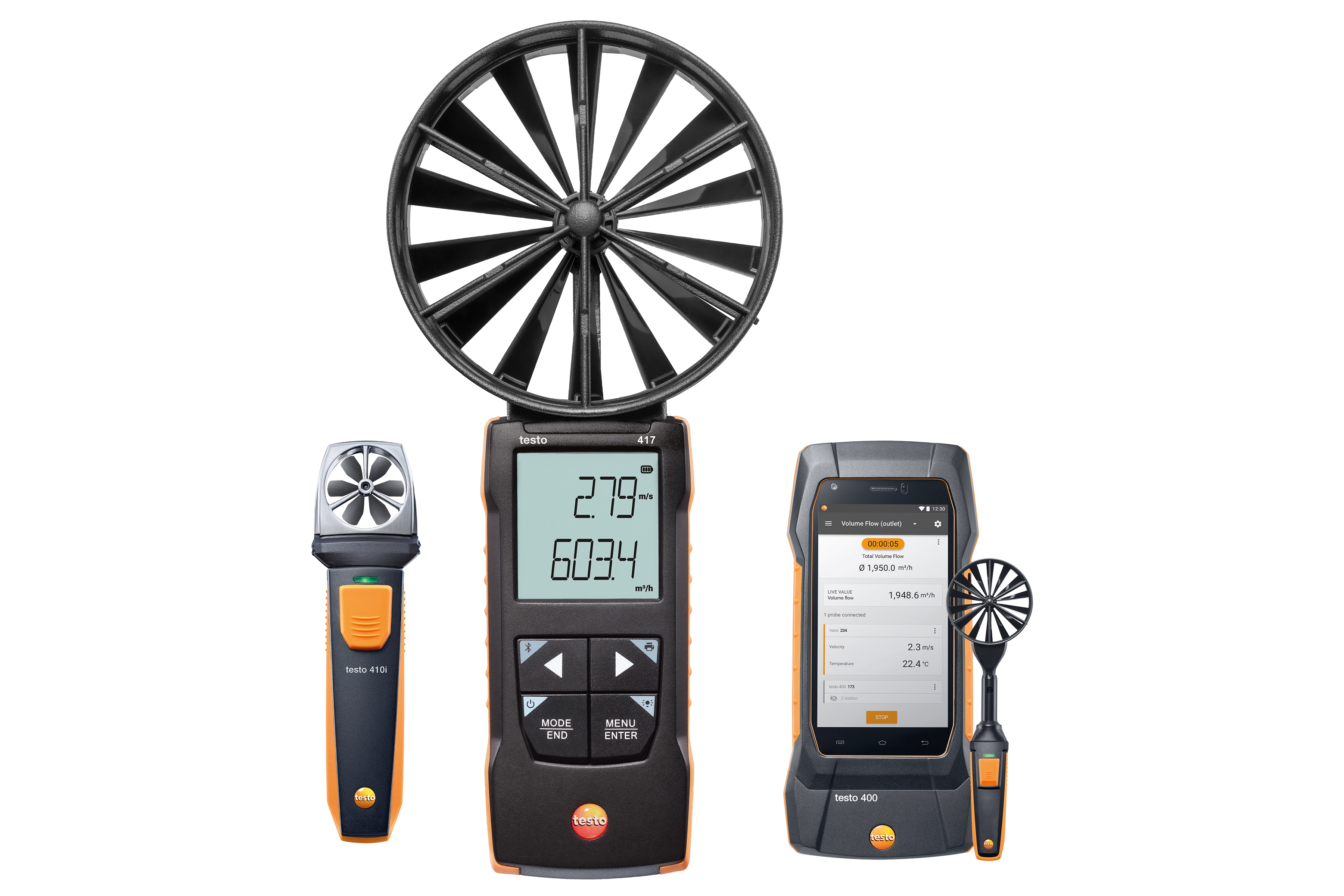All You Required to Understand About Anemometers: Exactly How They Function, Why They Matter, and Where to Make use of Them
Anemometers, however typically overlooked in the world of scientific tools, play an essential duty in different areas, offering useful insights into wind rate and air flow patterns. Recognizing the mechanics behind these tools is vital for anyone seeking to harness the power of this information. From meteorologists tracking weather patterns to designers making structures with wind tons in mind, the applications of anemometers are diverse and far-reaching. As we delve into the ins and outs of anemometer technology, we will discover the internal operations of these devices, their importance, and the essential factors to consider when selecting the best anemometer for details applications.

Anemometer Fundamentals
A necessary instrument used to measure wind rate and direction, the anemometer plays a vital duty in meteorology and different sectors. An anemometer normally includes 3 or 4 mugs that revolve in the wind, a vane that directs into the wind, and sensing units to track the turnings or movements. By calculating the turnings or motions over a particular period, the anemometer can establish wind speed. The vane helps establish wind direction by aiming right into the wind, providing beneficial data for weather projecting, aviation, maritime procedures, environmental tracking, and wind energy applications.
There are different sorts of anemometers offered, consisting of cup anemometers, vane anemometers, hot-wire anemometers, and sonic anemometers, each with its distinct features and applications. Cup anemometers are frequently made use of for fundamental wind rate measurements, while vane anemometers are chosen for directional dimensions. Hot-wire anemometers appropriate for low airspeeds, and sonic anemometers are excellent for high-precision measurements in research study and commercial settings. Understanding the fundamentals of anemometers is crucial for accurate wind data collection and evaluation across various fields.
Concepts of Anemometer Procedure
Structure on the foundational understanding of anemometer basics, the concepts of anemometer operation clarify the auto mechanics behind wind speed and instructions measurements. Cup anemometers, for circumstances, have three or even more mugs that capture the wind, creating them to spin faster as the wind rate increases. Hot-wire anemometers count on a heated cord that cools down as wind passes over it, with the rate of cooling down figuring out the wind speed.
Relevance of Anemometers
Anemometers play an important role in measuring wind rate and direction, offering necessary information for weather condition projecting, climate studies, environmental monitoring, and aviation procedures. Meteorologists count on anemometers hop over to here to collect precise wind data, aiding them recognize climate patterns, anticipate storms, and issue timely cautions to the public. Wind ranch operators use anemometers to analyze wind problems and take full advantage of electrical energy production from wind turbines.
Applications Throughout Different Industries
Applications of anemometers cover across varied industries, showcasing their convenience and utility past meteorology. In the renewable resource field, anemometers play a vital role in analyzing wind conditions for wind ranch placements, making sure optimal power manufacturing. Industries like building and mining make use of anemometers to keep track of wind rates, essential for safety and security protocols, particularly when operating at heights or in open-pit mines where solid winds can posture risks. Anemometers are additionally integral in the air travel market, helping pilots in recognizing airspeed and wind direction for secure take-offs and landings. The maritime field benefits from anemometers for ship navigation, aiding seafarers expect weather condition adjustments and readjust routes appropriately. In farming, anemometers aid farmers in managing crop spraying by supplying real-time information on wind rate to avoid drift. Additionally, anemometers locate applications in HVAC systems to optimize air flow and improve power performance in structures. The varied Click This Link usage instances of anemometers emphasize their importance across various industries, highlighting their important function in improving functional security and effectiveness (anemometer).

Picking the Right Anemometer for Your Needs
Choosing the proper anemometer customized to your details requirements is vital for acquiring precise wind rate and instructions dimensions. When picking an anemometer, take into consideration variables such as the intended application, required measurement range, environmental problems, and wanted attributes. For basic objectives, a mug anemometer is ideal for gauging wind rate, while a vane anemometer gives wind instructions information. Hot-wire anemometers are excellent for reduced airspeed dimensions, and ultrasonic anemometers supply high precision and longevity.

Final Thought
In verdict, anemometers play an important duty in determining wind rate and instructions across different sectors. It is important to consider the relevance of anemometers in order to make informed decisions when selecting the most ideal tool for measuring wind conditions.
There are different kinds of anemometers readily available, including cup anemometers, vane anemometers, hot-wire anemometers, and sonic anemometers, each with its distinct functions and applications. Mug anemometers are generally used for basic wind speed measurements, while vane anemometers are chosen for directional measurements. Hot-wire anemometers are appropriate for reduced airspeeds, and sonic anemometers are excellent for high-precision measurements in research and industrial settings.Building site web on the foundational understanding of anemometer basics, the principles of anemometer operation elucidate the mechanics behind wind speed and direction dimensions. For basic objectives, a mug anemometer is ideal for gauging wind rate, while a vane anemometer gives wind instructions information.